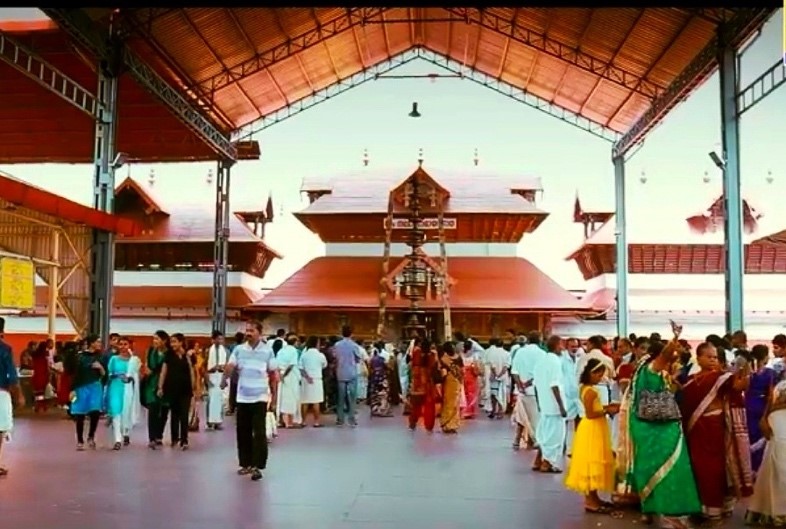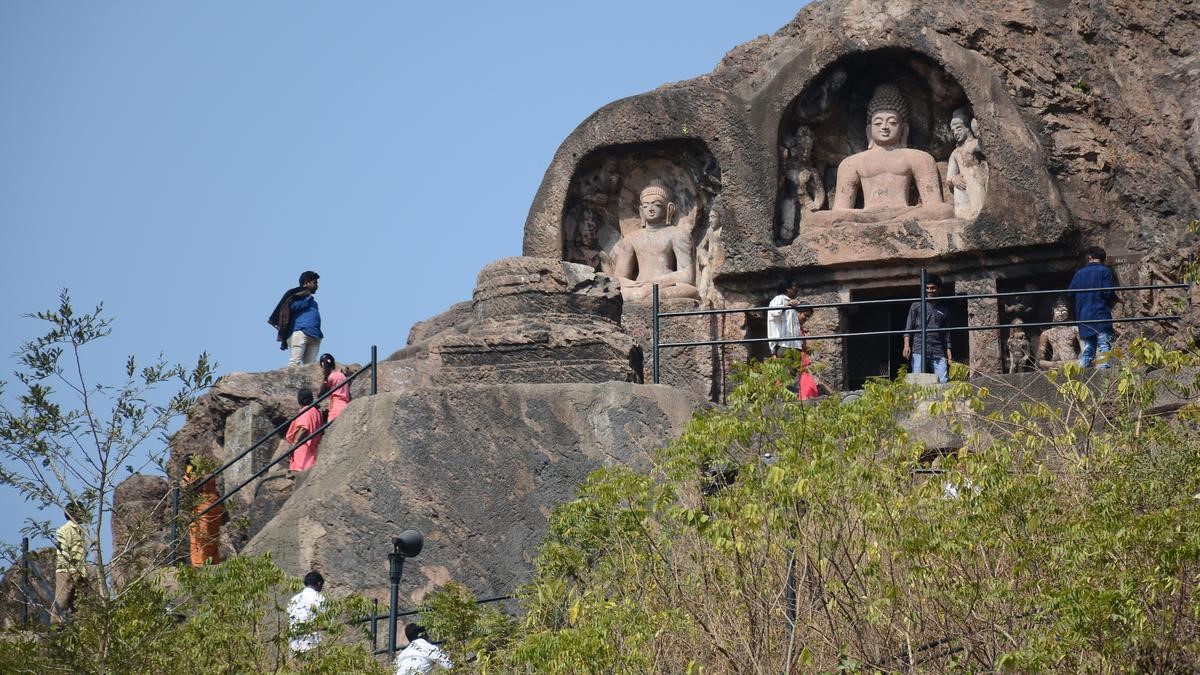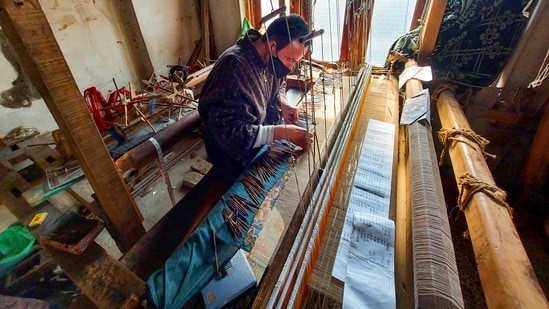Description

Copyright infringement is not intended
Context:
A controversy has sparked over the Puri Heritage Corridor Project of the Odisha government. The concern was raised that the undergoing construction work around the Jagannath Temple can affect the structural stability of the temple.
What is the Puri Heritage Corridor Project?
- The Puri Heritage Corridor Project was brought to transform the town into an international place of heritage. In December 2019, the project was introduced involving the redevelopment of major portions of the vicinity of the temple and town.
- In February 2020, with an estimated cost of Rs 800 crore, the state assembly passed a resolution to start the first phase of work. Further, the Shree Jagannath Temple Administration (SJTA) also approved the architectural design plan of the project at an estimated cost of Rs 3,200 crore.
- A total of 22 different projects will be executed in a phased manner like Shree Jagannath Temple Administration (SJTA) building redevelopment, Musa river revival plan, Sri Setu, multilevel car parking etc.
Why ASI is objecting to construction work?
- The Archeological Survey (ASI) of India is a custodian of Jagannath Temple in Puri, Odisha.
- The ASI has alleged that the project is violating Ancient Monuments and Archaeological Sites and Remains Act as the undergoing excavations and construction is happening around the prohibited zone.
- Under the Ancient Monuments and Archaeological Sites and Remains (Amendment and Validation) Act, construction activities within 100 metres around such places of importance are strictly prohibited.
- However, it is mandatory to take approval from the National Monuments Authority (NMA) to carry out such construction work.
- The Ministry of Culture established the NMA under the provisions of the AMSAR Act. The body was constituted to provide protection and preservation of monuments by managing and regulating the designated place.
About Jagannath Temple:
- The Jagannath Temple is an important Hindu temple dedicated to Jagannath, a form of Sri Krishna in Puri in the state of Odisha on the eastern coast of India.
- The present temple was rebuilt from the 10th century onwards, on the site of an earlier temple, and begun by Anantavarman Chodaganga Deva, the first king of the Eastern Ganga dynasty.
- The Puri temple is famous for its annual Ratha Yatra, or chariot festival, in which the three principal deities are pulled on huge and elaborately decorated temple cars.
- Unlike the stone and metal icons found in most Hindu temples, the image of Jagannath (which gave its name to the English term ‘juggernaut’) is made of wood and is ceremoniously replaced every twelve or 19 years by an exact replica.
- This temple was called the “White Pagoda” and is a part of Char Dham pilgrimages (Badrinath, Dwaraka, Puri, Rameswaram).
- There are four gates to the temple- Eastern ‘Singhdwara’ which is the main gate with two crouching lions, Southern ‘Ashwadwara’, Western ‘Vyaghra Dwara and Northern ‘Hastidwara’. There is a carving of each form at each gate.
- The Nilachakra – Or the Blue wheel perched on top of the temple is made of eight metals or asta dhatu
- In front of the entrance stands the Aruna stambha or sun pillar, which was originally at the Sun Temple in Konark.
https://www.indiatimes.com/explainers/news/why-puri-heritage-corridor-project-has-sparked-controversy-571074.html
https://www.thehindu.com/society/history-and-culture/jagannath-temple-heritage-corridor-controversy-explained/article65438863.ece
1.png)















